Vimar 16987.B Manual
Vimar
Ikke kategoriseret
16987.B
| Mærke: | Vimar |
| Kategori: | Ikke kategoriseret |
| Model: | 16987.B |
Har du brug for hjælp?
Hvis du har brug for hjælp til Vimar 16987.B stil et spørgsmål nedenfor, og andre brugere vil svare dig
Ikke kategoriseret Vimar Manualer
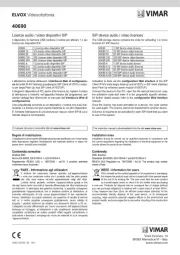
2 September 2025
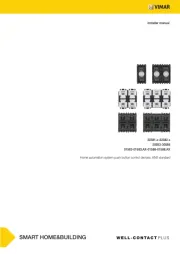
25 August 2025
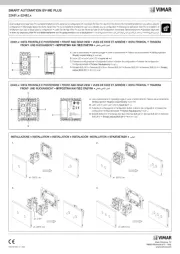
25 August 2025
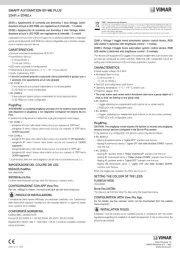
25 August 2025
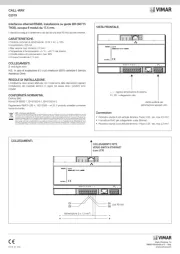
20 August 2025
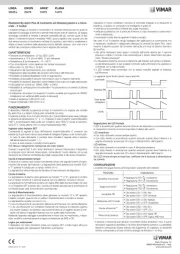
25 Juli 2025
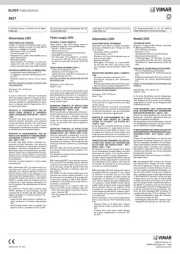
25 Juli 2025
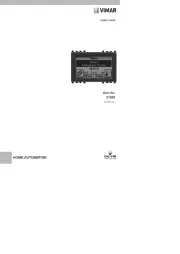
25 Juli 2025

24 Juli 2025
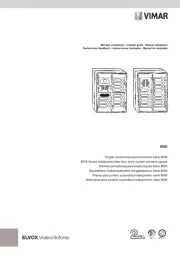
24 Juli 2025
Ikke kategoriseret Manualer
- Gira
- Goobay
- Dreambaby
- Monzana
- Holland Electronics
- Millennia
- Reer
- Noise Engineering
- Sure Petcare
- Boska
- Orbis
- Tycon Systems
- Khind
- Lowell
- EZ Goal
Nyeste Ikke kategoriseret Manualer

20 December 2025

20 December 2025

20 December 2025

20 December 2025

20 December 2025

20 December 2025

20 December 2025

20 December 2025

20 December 2025

20 December 2025
